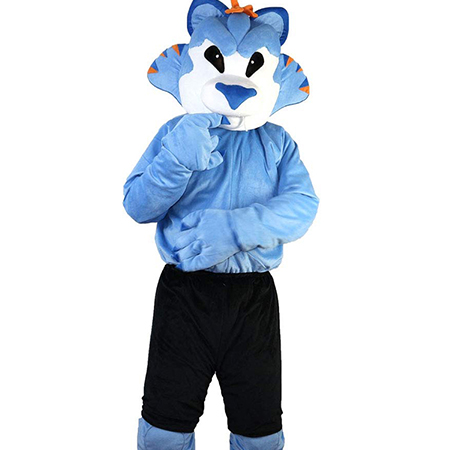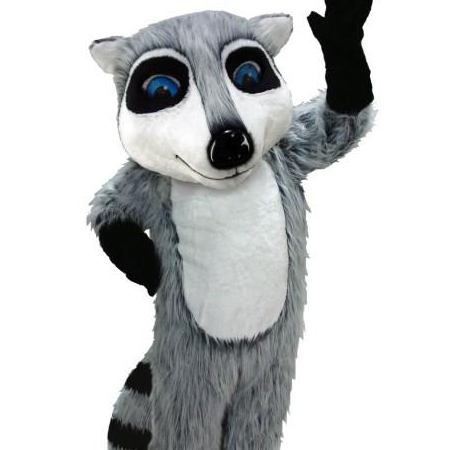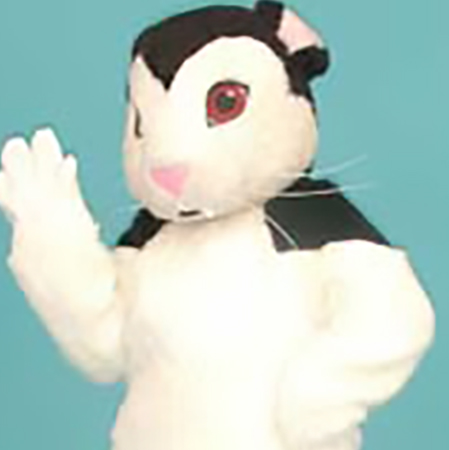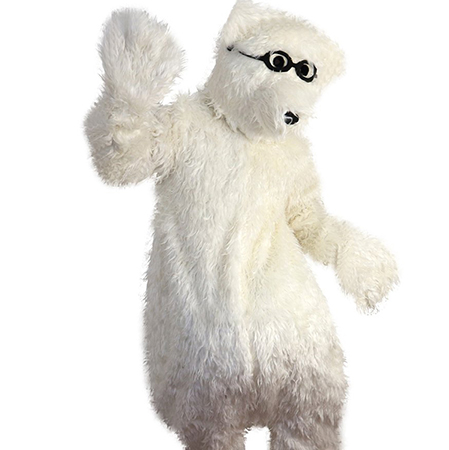In today’s digital age, social media is an essential platform for businesses and organizations to engage with their audience. One of the unique tools that have proven particularly effective in capturing attention and generating buzz on social media are mascot costumes. These whimsical, often over-the-top personas provide a visually engaging and relatable way for brands to communicate with their followers. Here’s how mascot costumes significantly contribute to social media engagement:
Mascot costumes create a memorable brand identity. When a mascot becomes recognizable, it fosters a strong emotional connection with the audience. For instance, characters like Ronald McDonald or the Phillie Phanatic have become iconic symbols of their respective brands. By consistently appearing in social media posts, these characters reinforce brand recognition, making it easier for consumers to recall and engage with the company’s content.

Moreover, mascot costumes add an element of fun and entertainment to social media platforms. Unlike traditional marketing messages, mascot-driven content often feels more playful and less promotional. This approach can make advertisements more enjoyable to watch, leading to higher engagement rates. Videos or images featuring a mascot participating in quirky or humorous activities are more likely to be shared, commented on, and liked by users, thus organically expanding the brand’s reach.
Another significant advantage is that mascot costumes humanize brands. They provide a face (or character) that people can relate to, even if it’s a fictional one. This personification allows brands to convey messages in a more conversational and approachable manner, breaking down the barrier between the company and its customers. When followers feel a personal connection with a brand’s mascot, they are more likely to become loyal advocates, contributing to long-term engagement and customer retention.

Additionally, mascot costumes offer versatile content creation opportunities. From holiday celebrations to community events, mascots can participate in a myriad of activities that can be documented and shared on social media. These diverse scenarios provide rich material for storytelling, keeping the audience entertained and engaged. The variety also helps in maintaining a dynamic social media presence, preventing content from becoming stale or repetitive.
Furthermore, mascot costumes facilitate interactive social media campaigns. Brands can organize contests, live streams, or Q&A sessions featuring their mascots, encouraging direct interaction with the audience. This interactivity not only boosts engagement but also provides valuable insights into consumer preferences and feedback. Responding to comments and messages in the persona of the mascot can add another layer of charm and relatability to the interactions.

Finally, mascot costumes aid in cross-promotion and partnerships. Collaborations with other brands or influencers often feature the mascot in creative ways, drawing attention from both sets of audiences. Such collaborations can lead to mutually beneficial exposure, helping both parties reach new potential customers while adding fresh content to their social media feeds.
In conclusion, mascot costumes play a crucial role in enhancing social media engagement by creating memorable identities, adding entertainment value, humanizing brands, offering versatile content opportunities, facilitating interactive campaigns, and enabling cross-promotional activities. As social media continues to evolve, leveraging the unique appeal of mascot costumes will remain a potent strategy for brands seeking to stand out and connect with their audience in meaningful ways.

